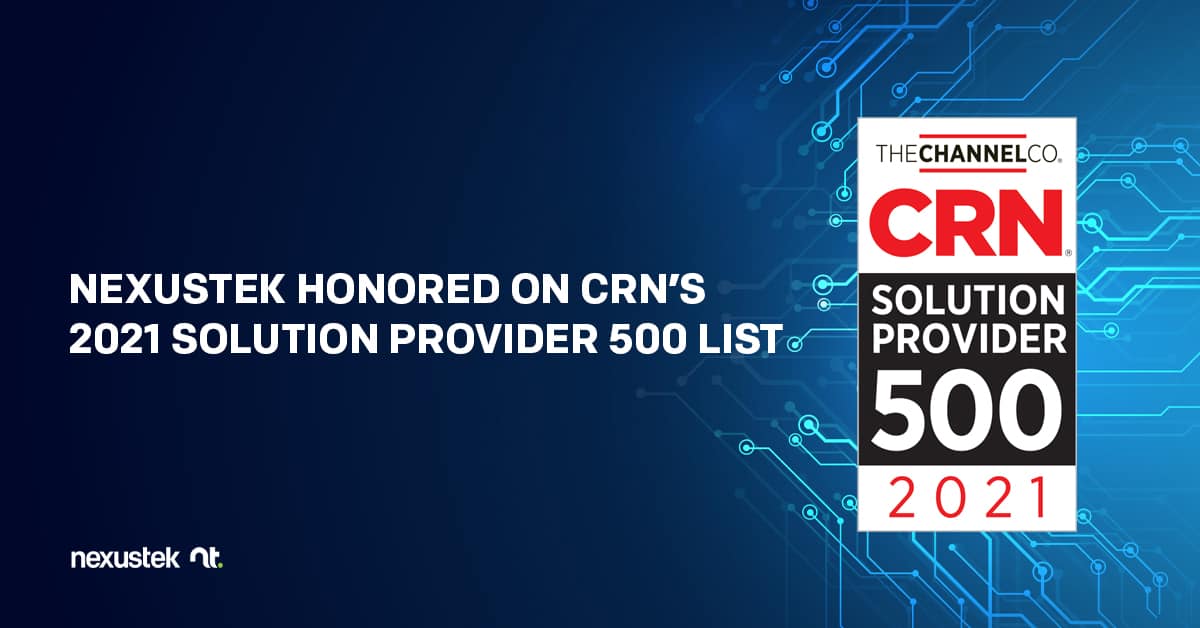READ TIME: 4 MIN

Don’t Fear the Great Resignation. Here’s Why.
Insights from Remote Workforce Research
Work from home is no longer just an added perk, but a standard expectation of employees and new hires.
A Harvard Business School survey revealed that 81% of respondents would prefer to work from home permanently or have a hybrid schedule. And it is not just employees who enjoy the flexibility. Another survey found that 80% of executives intend to offer a hybrid workweek after the pandemic, which is a good thing because 1 in 3 people would look for a new job if they were required to be back in the office full-time.
Remote work capability not only improves employee loyalty but also morale and motivation.
Consulting firm Gallup discovered that employees who spend the majority—but not all—of their time working remotely have the highest level of engagement and satisfaction. Popular reasons people prefer remote work include: 91% better work-life balance, 79% increased productivity and focus, 78% less stress, and 78% avoiding a commute. Gallup recommends a 60/40 hybrid schedule with 3-4 days at home during a 5-day work week.
Working from home saves both companies and employees time and money.
From decreased real estate costs to increased productivity, certain companies can save an average of $11,000 per year for every employee who works remotely part-time, according to a survey by Global Workplace Analytics. Additionally, some employees can save up to $3,000 and gain 14 days a year in money and time they would have devoted to their daily commute.
Trending Needs of Remote Workforces
The results are in: Working from home—at least part-time—is here to stay, which means companies will need to invest in supporting technologies. Let’s discuss the business needs of your remote workforce.
Anywhere operations—crucial for remote employees—goes beyond working from home.
Gartner identified anywhere operations as one of the top strategic technology trends for 2021. The research and advisory company predicts that by the end of 2023, 40% of organizations will have implemented anywhere operations, whose remote access will support employees and enhance the customer experience while managing business services across infrastructures.
Employees must be able to remotely and securely access data and applications from any device.
The rapid shift to a remote workforce has caused the demise of the legacy VPN, which cannot handle the massive volume and must be replaced with a more secure method for employees to access critical company information. The transition also highlighted how many employees cannot bring their desktops and monitors home, and consequently, 56% of remote workers are using their personal computers. If a device fails, they summon another personal device, such as a tablet or phone, to perform their work while they wait for a replacement to arrive on their doorstep. Remote technologies must account for such fluidity between devices, supporting and securing all endpoints for uninterrupted productivity.
Remote employees may have unsecured networks, increasing the chances of cyberattack.
85% of Cisco survey respondents believe cybersecurity is more important now than before the pandemic. In an IDG survey, 33% of firms plan to spend more time on security management activities this year. Businesses must utilize technology solutions that shore up vulnerabilities of remote workers and stop security threats from exposing the sensitive information of both employees and customers.
Technology Solution for Your Remote Workforce
What technology solution answers the remote access, device supportability, and security needs of employees working from home? Virtual Desktop Infrastructure, or VDI.
Cloud-based VDI is a Desktop as a Service (DaaS) solution that allows users to access a virtual desktop from any device and any location. The virtual desktop is in turn hosted on the company’s central cloud infrastructure, which offers several benefits to employees working from home:
Remote Access
- Employees can access critical information from anywhere at any time.
- IT departments can troubleshoot remotely, reducing time, costs, and health and safety concerns.
- After connecting to the virtual desktop, the applications will run off the virtual server’s bandwidth, not a user’s potentially unreliable home network.
Device Supportability
- Any device can be used to access the virtual desktop, supporting on-the-go workers.
- Companies can cut hardware costs via Bring-Your-Own-Device (BYOD) policies or supplying simple thin clients.
- Failed or damaged devices can be replaced instantly, ensuring business continuity.
Security
- The cloud-based service is built with security and compliance in mind, and extra security steps such as single sign-on (SSO) and data encryption can also be implemented.
- Security updates can be rolled out to all virtual desktops simultaneously, saving time and eliminating risk of a delayed or incomplete update.
- No data is saved on a device, but rather in the cloud, so no security breaches will come of a lost or stolen device.
VDI effectively supports the needs of a remote workforce, increasing security as well as productivity. The cloud-based solution also improves budgeting through hardware savings and a reduction in IT hours. VDI is so competitive that its market is set to grow to $30 billion by 2026.
Optimize technology solutions for your remote workforce before the Great Resignation sweeps through your staff. NexusTek’s cloud engineers are at the ready to assess your business needs and recommend the best cloud solution optimized for your organization. As an SSAE 18 SOC II certified company, NexusTek partners with high-security Tier 4 and Tier 5 data centers to safely store your data and sensitive information. As an award-winning managed service provider, NexusTek supports thousands of businesses across the U.S. You could be next.








